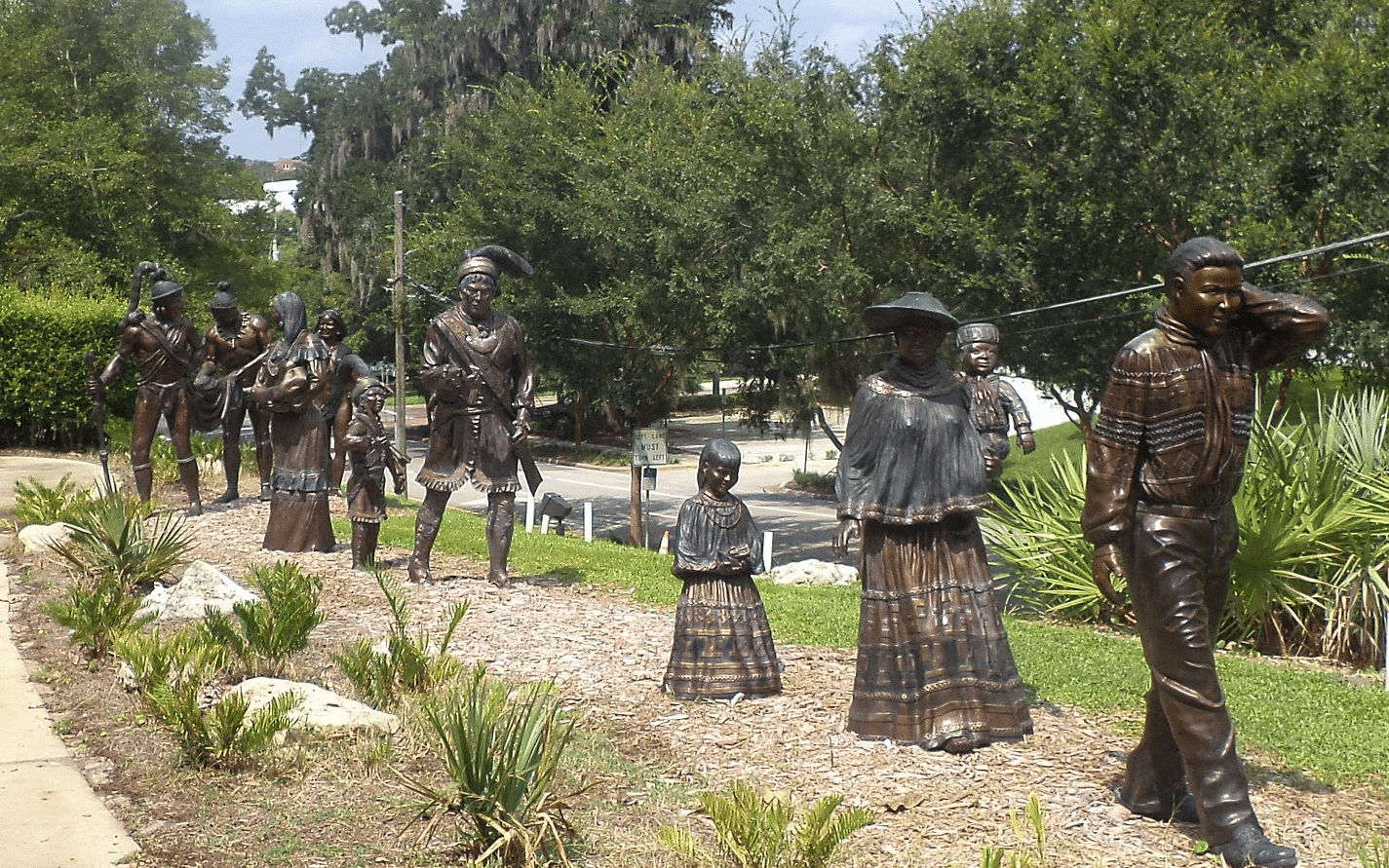I’m a white high school history and English teacher in The Bronx, where 98 percent of the school’s population are students of color. I do my best every single day to give them an equitable education and I often seek out resources from Zinn Education Project. Like many people in this country (especially white people), reading Howard Zinn’s A People’s History of the United States was a real eye-opener and really forced me to confront the country that I was born and raised in. The spirit of that book obviously lives in so many resources on this website.
One of the resources I have used is Andrew Jackson and the ‘Children of the Forest.’ For 11th Grade, I teach an AP Humanities class with a co-teacher. In this class, which meets 11 times a week, we teach both AP English Language and AP U.S. History. We try to integrate our curricula as much as possible and we adapted this lesson for the purposes of our class. Because of the co-teacher dynamic, we are able to include students with learning disabilities and ELL students.
On the day of the lesson, our students came to class prepared with arguments for why the Cherokee and Seminole peoples should be allowed to stay on their land. Our school does not have a library, so the students had to conduct that research on the on their own. Using what they found, students made group posters detailing their reasons why Native people should not be removed from their land. We then conducted a “History Fair,” and students did a gallery walk listening to their peers make their case for the people not to be removed.
After the gallery walk, we conducted a close reading of Jackson’s speech and analyzed it for rhetorical strategies. The next day, the students wrote an AP rhetorical analysis essay on Jackson’s speech. The first half of the lesson gave students the context for Jackson’s speech and the insidious purpose he used rhetorical strategies for. I’m proud to say they did very well in their essays.
Thank you, Zinn Education Project, for all that you do.







Twitter
Google plus
LinkedIn